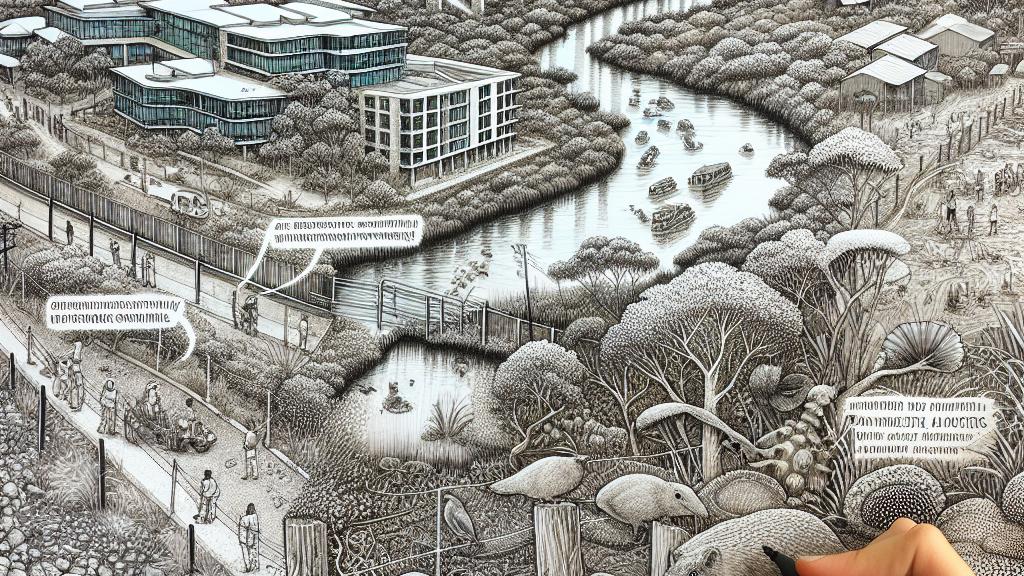Understanding How Groups Help Restore Habitats
Overview
- Habitat restoration is a vital and dynamic effort critical to conserving ecosystems.
- Three remarkable organizations showcase effective strategies for environmental recovery.
- Wildlife corridors are essential connections that empower biodiversity and ecological health.

The Crucial Role of Habitat Restoration
In Australia, habitat restoration plays an incredibly vital role in combatting the ongoing crisis of habitat fragmentation. This issue, caused by rapid urban development and agricultural expansion, creates isolated patches of nature, like islands in a vast sea of concrete. As these habitats become fragmented, they risk losing the rich biodiversity that thrives within them. Thankfully, dedicated community groups are rising to the occasion, working tirelessly not just to rehabilitate land, but also to foster a culture of environmental stewardship. They engage local communities through education, demonstrating why preserving these ecosystems matters. By establishing wildlife corridors, these groups create safe passageways, ensuring that the delicate balance of life continues to flourish across the landscape.
Three Inspiring Organizations at the Forefront
Let’s delve deep into three inspiring organizations making a remarkable impact: LUCI, the Big Scrub Rainforest Conservancy, and TREAT. Each of these groups embodies unwavering dedication to habitat restoration, employing unique strategies to tackle environmental challenges. Take LUCI, for example; it embodies a coalition of private landowners in Queensland’s Lockyer Valley, coming together to preserve the vital remnant vegetation in their area. Their collective efforts help safeguard local ecosystems, showcasing how unity can lead to powerful changes. Meanwhile, the Big Scrub Rainforest Conservancy has made its mark by reversing extensive deforestation. They have successfully replanted around 600 hectares of native trees, effectively doubling the size of the remaining rainforest. This tangible restoration not only breathes life back into the ecosystem but also enhances the community's natural heritage. On the other hand, TREAT focuses on the breathtaking Atherton Tablelands, collaborating with Queensland Parks and Wildlife to propagate thousands of native tree seedlings each year. Their work does not merely restore isolated areas; it rekindles vital connections between different habitats. Each of these organizations stands testament to how grassroots efforts can trigger profound ecological transformations.
Why Wildlife Corridors are Key to Success
Now, let’s shine a spotlight on the indispensable nature of wildlife corridors in habitat restoration efforts. These corridors serve as lifelines, allowing animals to safely navigate between fragmented habitats. Picture the daunting challenge faced by a kangaroo trying to cross a busy highway—danger lurks on every side! Similarly, wildlife grapples with obstacles when trying to migrate between isolated areas. Thanks to the establishment of well-planned corridors by passionate conservationists, animals can traverse these barriers with greater confidence. This connection not only supports species in search of food and mates but also fosters genetic diversity, contributing to healthier and more resilient populations. In essence, habitat restoration transcends mere tree planting; it is about stitching together a vibrant quilt of ecosystems that nourish and sustain life. Such initiatives ensure that Australia’s unique biodiversity can thrive, adapt, and flourish, ultimately safeguarding our planet's precious natural heritage.

Loading...